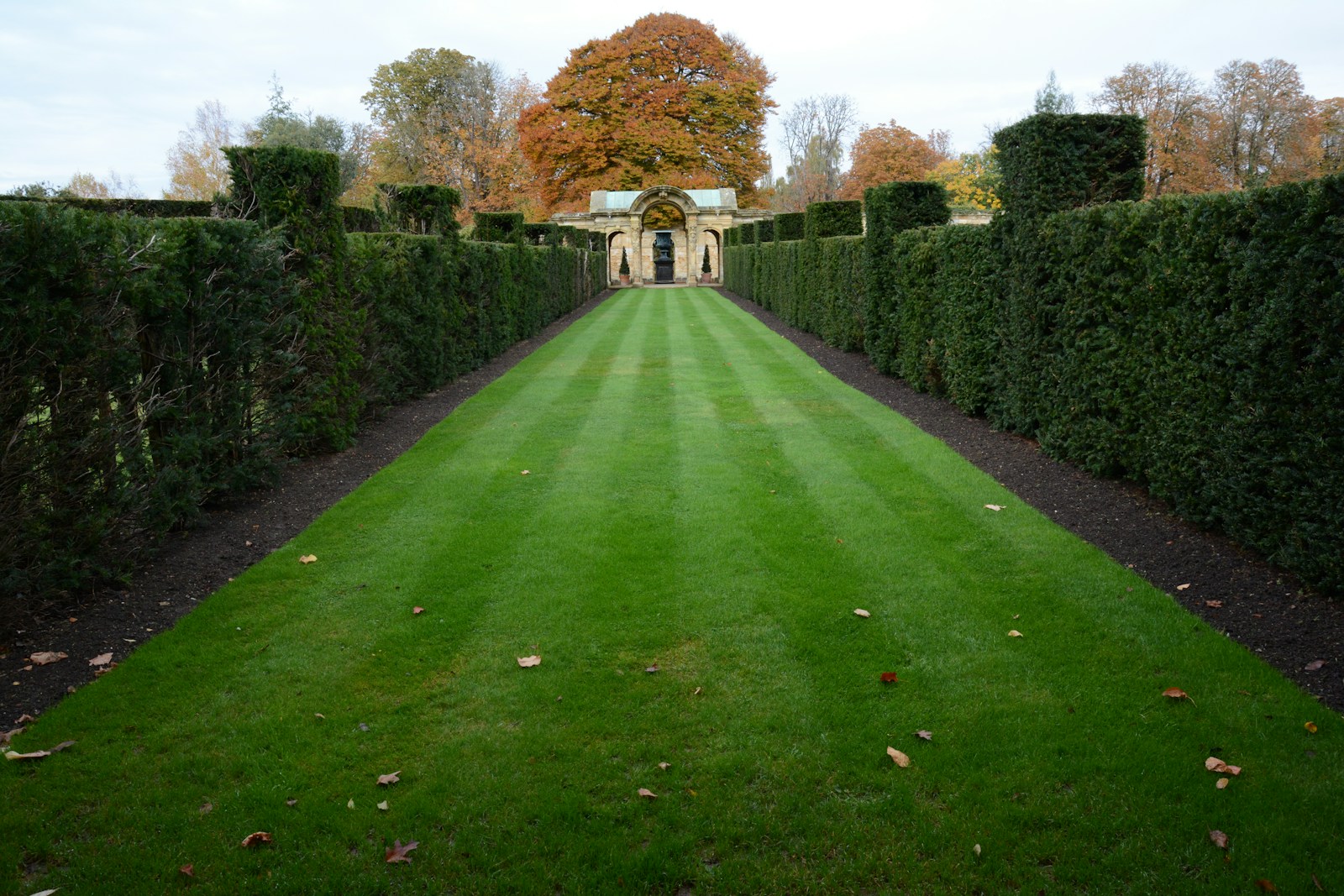Creating a wildflower patch is one of the best ways to bring colour, biodiversity, and natural beauty to your garden. Wildflowers support pollinators, improve soil health, and provide a low-maintenance, eco-friendly alternative to traditional lawns or flower beds.
March is the perfect time to start a wildflower patch, as the soil is warming up and seeds can establish before the peak growing season. In this guide, we’ll take you through everything you need to know to create a stunning wildflower area in your garden.
Why Start a Wildflower Patch?
✅ Attracts pollinators – Bees, butterflies, and other insects thrive on wildflowers.
✅ Low-maintenance – Once established, wildflowers need less water and care than traditional lawns or flower beds.
✅ Improves soil health – Wildflowers can grow in poor soils, preventing erosion and enhancing biodiversity.
✅ Adds natural beauty – A mix of native flowers creates a colourful, ever-changing display throughout the year.
Step 1: Choose the Right Location
Wildflowers thrive best in sunny, open areas with well-drained soil. When selecting your site:
✅ Pick a full-sun location (at least 6 hours of sunlight daily).
✅ Avoid heavily fertilised or nutrient-rich areas – wildflowers prefer low-nutrient soils.
✅ Consider patch size – even a small section of your lawn or border can support a mini wildflower meadow.
🌱 Tip: If your garden is shady, you can still create a wildflower patch using shade-tolerant species like wood anemones, red campion, and foxgloves.
Step 2: Prepare the Soil for Wildflower Seeds
Unlike traditional flower beds, wildflowers prefer nutrient-poor soil. If the soil is too rich, grasses and weeds can outcompete the wildflowers.
How to Prepare the Ground:
1️⃣ Remove existing grass & weeds – Use a spade to strip away the top layer or cover the area with black plastic for a few weeks to kill off vegetation naturally.
2️⃣ Lightly rake the soil – Avoid deep digging; wildflowers prefer firm, undisturbed soil.
3️⃣ Reduce fertility – If your soil is rich, remove the topsoil or mix in sand or grit to reduce nutrients.
4️⃣ Rake to create a fine tilth – This gives seeds the best chance of making contact with the soil.
🌿 Tip: If your soil is clay-heavy, improve drainage by adding sand or grit.
Step 3: Choose the Right Wildflower Seeds
There are two main types of wildflower seed mixes:
Annual Wildflowers
- Fast-growing, producing a vibrant display in the first year.
- Includes cornflowers, poppies, marigolds, and corn chamomile.
- Ideal for instant impact but needs re-seeding annually.
Perennial Wildflowers
- Takes longer to establish but returns every year.
- Includes oxeye daisies, knapweed, red campion, and yarrow.
- Better for long-term biodiversity and wildlife-friendly gardens.
🌿 Tip: Many seed companies offer native wildflower mixes suited to UK conditions—look for blends that match your soil type.
Step 4: Sow Wildflower Seeds the Right Way
March to April is an ideal time for sowing, as the warming soil encourages strong germination.
How to Sow Wildflower Seeds:
✅ Mix seeds with sand – This helps distribute them evenly across the area.
✅ Scatter seeds by hand – Aim for about 3–5g of seed per square metre.
✅ Press seeds gently into the soil – Walk over the area or use a roller, but don’t bury them.
✅ Water lightly – Only if conditions are dry—wildflowers dislike overly wet soil.
🌿 Tip: To prevent birds from eating newly sown seeds, cover the area lightly with horticultural fleece for a few weeks.
Step 5: Caring for Your Wildflower Patch
Wildflowers are low-maintenance, but a little care in the first year helps them thrive.
✅ Water only if needed – If there’s a dry spell, lightly water until seedlings establish.
✅ Remove aggressive weeds – Check for fast-growing weeds like nettles, docks, and thistles, which can outcompete flowers.
✅ Be patient – Perennial wildflowers may not flower fully until the second year.
🌿 Tip: Some wildflowers, like poppies and cornflowers, self-seed, meaning they will naturally return year after year with minimal effort.
Step 6: Enjoy & Maintain Your Wildflower Meadow
Once your wildflower patch is in full bloom, it becomes a haven for wildlife and a stunning garden feature.
How to Maintain It:
✅ Annual Flowers – Deadhead faded blooms to encourage more flowering.
✅ Perennial Meadows – Cut back in late summer (August–September) after flowers have set seed.
✅ Leave seed heads for wildlife – Goldfinches and other birds love feeding on dried seed heads in autumn.
🌿 Tip: If your wildflower patch starts getting dominated by grasses, rake and scarify it lightly in autumn to remove excess thatch.
FAQs About Starting a Wildflower Patch
Can I just stop mowing my lawn and let wildflowers grow naturally?
Yes! No Mow May and re-wilding patches of your lawn can allow native wildflowers like clover, daisies, and buttercups to thrive naturally.
Can I grow wildflowers in pots or containers?
Yes! Choose a shallow, well-drained container, use low-fertility compost, and mix in perlite or sand to mimic natural conditions.
How long does a wildflower patch take to grow?
Annuals flower within 8–12 weeks. Perennials take 1–2 years to establish but last for many years.
Will wildflowers attract bees and butterflies?
Absolutely! Wildflowers are a pollinator magnet, providing essential nectar for bees, butterflies, and hoverflies.
Start Your Wildflower Patch Today!
March is the perfect time to sow wildflower seeds and create a natural, wildlife-friendly space in your garden. Whether you’re planting a small border or a large meadow, you’ll soon enjoy a colourful display buzzing with life.
Want help with garden maintenance, planting, or lawn care? Project Garden is here to assist!
📞 Call 07795 800 772
📧 Email info@projectgarden.co.uk
🌿 Let’s bring your garden to life—naturally!


